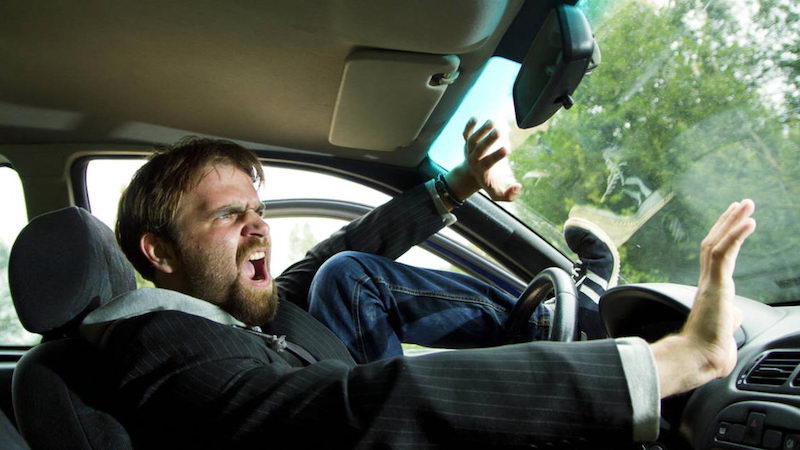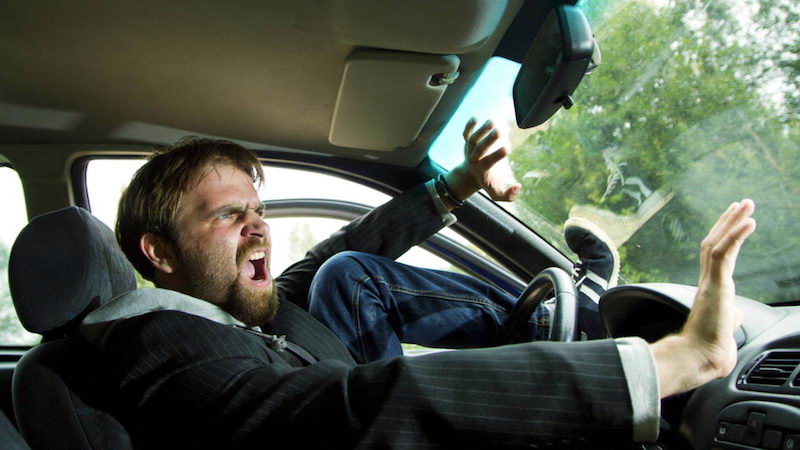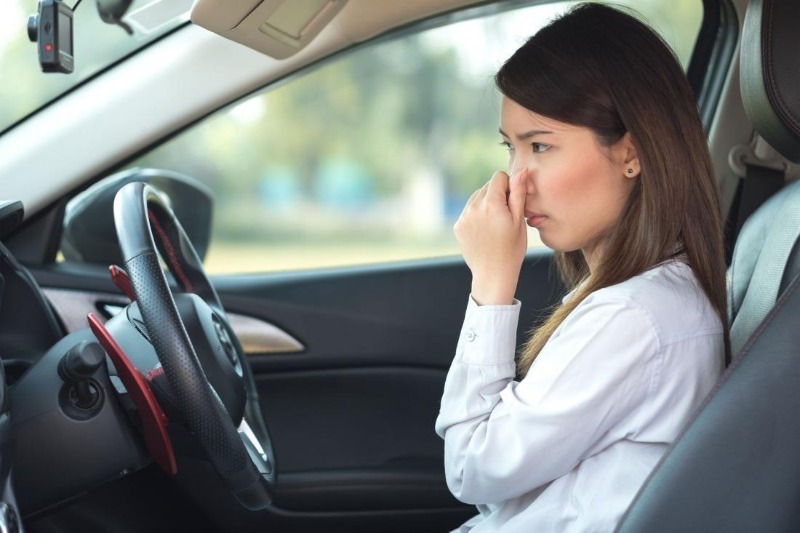
How to quickly stop the car if the brakes fail on the move: tips that will save lives in an emergency
Content
A car is a source of increased danger that requires maximum concentration of attention, because anything can happen to it on the road, including an unexpected failure of the brake system. Few people know how to behave in such a situation. Since it is not possible to stop the machine in the usual way, one of the following options should be used.

Turn on light and sound alerts
The first thing to do when the brakes fail is not to panic senselessly, ask passengers to check if they are fastened and turn on the light and sound alerts: emergency lights, high beams, press the horn. This is required so that other drivers are warned of the danger, have the opportunity to avoid the impact and give way to the disabled vehicle.
Don't waste time on useless activities
Wasting time on meaningless actions is useless - they will not give anything, and the moment will have already been lost. For example, you shouldn’t constantly press or hit the brake pedal with force completely - it will not start working, and in the event of a brake fluid leak, such actions completely threaten to leave the system without it.
Also, many elements of the car, such as a booster or steering lock, a windshield wiper, and the brakes themselves may not work when the engine is turned off, so in order not to complicate the situation even more, you need to stop the engine at the very last moment.
Pedal down
The first step is to try to pump the brakes several times, then hold down the pedal. By such actions, it will be possible to create a minimum pressure in the system, as a result of which the working circuit will press the pads against the brake discs, slightly slowing down the machine.
Take the side road
If possible, you should try to go to a secondary road: the traffic there always has a much lower intensity. It is advisable to choose a direction where there is a maximum upward slope - it will more effectively help slow down the car.
Try the hand brake
A good assistant in emergency braking can be the use of a manual parking brake, but only if, of course, if it is not electronic and is not controlled from a button. The lever must be raised gradually, smoothly tightening, otherwise you can break the car into a skid and completely lose control.
Switch to manual mode
If you have a manual transmission, you can try to stop the car, gradually downshifting - from higher to lower. In addition, it is important to release the clutch pedal while doing this so as not to lose the connection between the engine and the wheels. The most important thing in this method of braking is not to try to slow down as quickly as possible, doing it too abruptly, for example, from fourth immediately to second or even first. In this case, there is a high probability that the gearbox will completely fail, and the car itself will go into an uncontrolled skid.
The same technique can be done on a car with automatic transmission: there you first need to switch to manual mode or simply move the lever from "D" to "1".
Maneuver from side to side
Maneuvering from side to side in the absence of a large number of cars on the road can noticeably slow down. This is due to the increased rolling resistance of the wheels. But in no case should you resort to this method in busy traffic: it can be very dangerous, both for the driver and passengers of the problematic car, and for others. At the same time, it is always worth remembering that the flow of cars at any moment can begin to slow down before a traffic light or due to a traffic jam ahead.
Use contact braking
If all other methods have been tried and have not helped to completely stop the car, it is worth using contact braking. To do this, you need to gently press against the bump stop and continue to move along it without breaking away from the fence. Also in this situation, a young forest or a cluster of bushes may come up. At the same time, you need to continue to downshift - this will enhance the braking effect even more. In the cold season, snowdrifts or separate mounds of snow can be used for emergency braking.
To be able to avoid such problems, experts recommend timely maintenance of the car, while not forgetting to pay attention to the brake system. And while driving in the stream, you should keep your distance, in a critical situation, this handicap will give extra time for a correct response.
